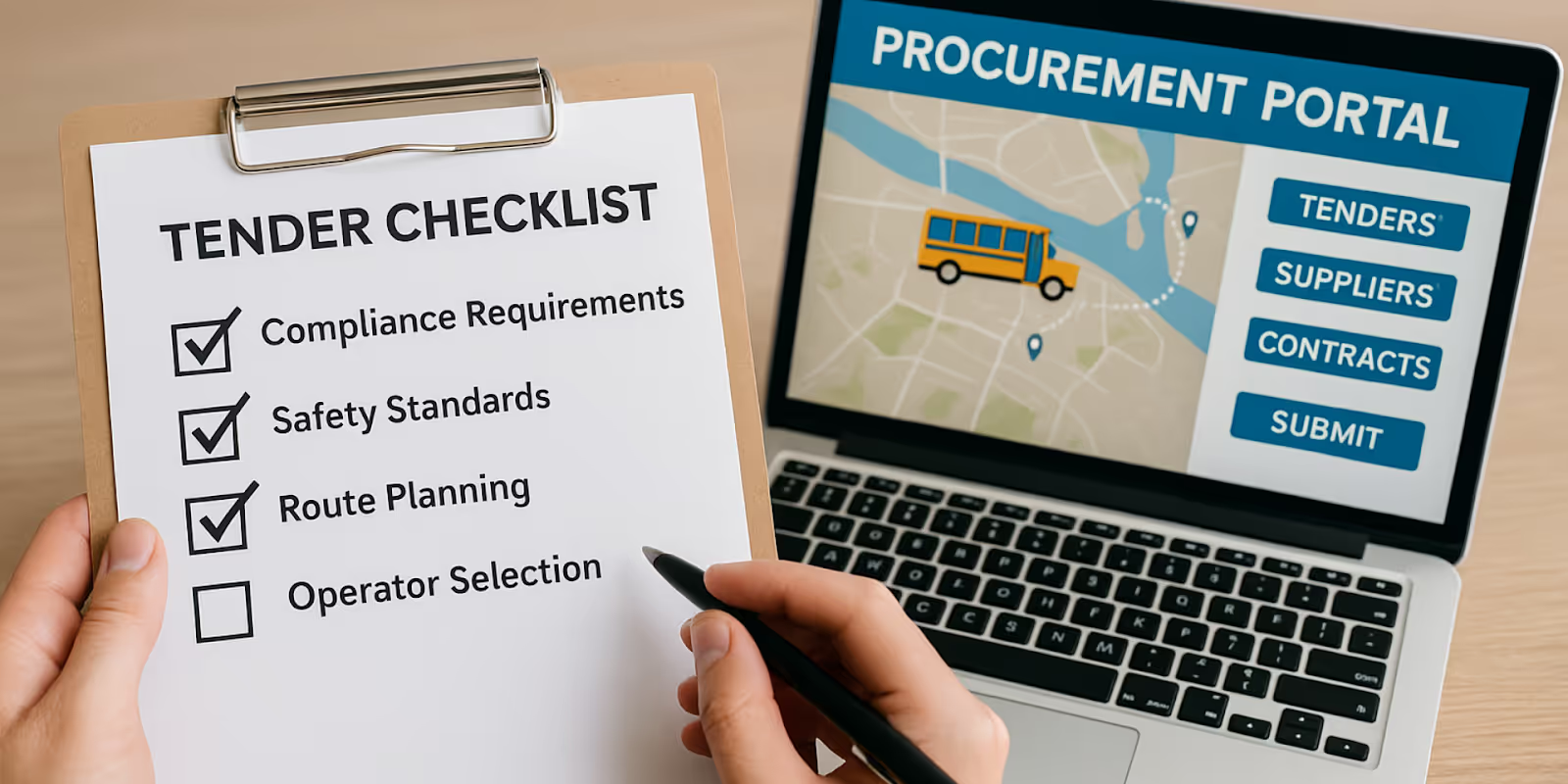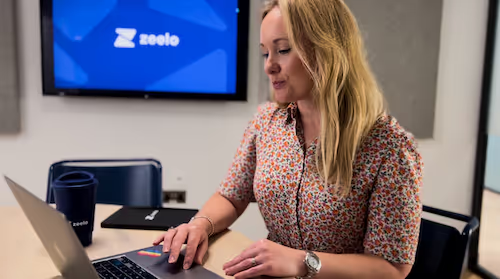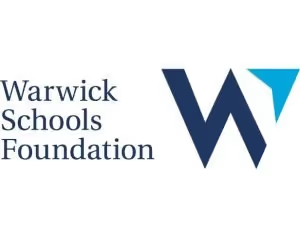Why you should be rethinking your student transport tender
.avif)
Student transport across secondary education and FE colleges has changed more in the past 5 years than in the previous two decades. From procurement compliance to the daily experience for students (and parents), expectations have changed, and so too have the possibilities. The increase in AI-powered tools has also reshaped how tenders are designed, evaluated and monitored; bringing new levels of precision and transparency to the process. Predictive analytics and automated bid assessments are quickly becoming the norm rather than the exception.
As schools and colleges plan for new contract cycles, one big question looms: is your framework ready to deliver safety, efficiency and value in 2025 and beyond?
Five years ago saw rigid processes and limited visibility
Until quite recently, most student transport contracts were built around a traditional model that prioritised familiarity over flexibility. Schools and colleges tended to rely on the same handful of established operators, accepted limited choice, followed processes and procedures that hadn’t evolved in decades (while accepting that slow change was simply part of the deal).
Back then, most tenders followed a predictable, operator-led formula:
- O-license requirements meant that schools/colleges were restricted to traditional bus/coach companies with full PSV Operator Licenses, significantly narrowing the field of potential bidders.
- Manual tendering meant long, drawn out, paperwork-heavy processes that often excluded innovative or smaller providers.
- Fixed contracts with little in the way of flexibility if routes or student numbers changed mid-term.
- Minimal technology; route design, reporting and safeguarding were largely manual, which often left gaps in communication and oversight.
These frameworks did do their job, but left little room for further adaptation or improvement.
Today: dynamic, inclusive and powered by technology
Fast forward to now and the landscape has changed beyond measure:
- More accessible procurement, with Section 19 and 22 permits meaning that not-for-profit and community focused operators can participate in tenders without a full PSV O-license, widening your supplier pool.
- Dynamic purchasing systems (DPS) like the CPC Student Transport DPS enables faster competitions, more choice, and easier mid-contract adjustments.
- Advanced transport management systems utilising real-time vehicle tracking, instant parent/student notification, route optimisation and automated compliance reporting are no longer optional extras, but expectations.
- Schools can more easily increase or reduce capacity, adjust stops, and respond to rapidly changing timetables by way of flexible contracting.
- Enhanced safeguarding & SEN support; providers are routinely building in meet-the-driver sessions, social stories, free trial rides and tailored contingencies for students without access to smartphones.
This evolution is about more than just better buses, it’s about better outcomes: for learners, families and schools/colleges alike.
Is your procurement framework keeping up?
Five important questions that every financial leader should be asking before starting a new tender:
- Does your process open doors to a broader range of providers, including tech-powered, community-based, and specialist SEND provision?
- Can you adjust capacity or switch operators mid contract without penalties or delays?
- Will your vehicles have live tracking, automated reporting and data driven insight to improve service delivery and demonstrate ongoing compliance?
- Are requirements for driver vetting and training, contingency planning and SEND provision clear and robust?
- Does your framework align with the latest Procurement Act, ESG commitments and best practices for business continuity?
If the answer to any of these questions is ‘no’, or ‘not sure’, then perhaps it’s time for a rethink.
Five ways to get more value from your next tender
With so much change happening in how education transport is delivered (and what good looks like), it’s more important than ever to approach procurement strategically. The right planning can help you secure better pricing, but also ensures that your transport service is fit for purpose: safe, efficient and responsive to student needs.

A key benefit of partnering with a dedicated transport management provider is the built-in ability to replace underperforming operators quickly and seamlessly. If a supplier isn’t meeting agreed KPIs (whether on punctuality, safeguarding, or customer satisfaction), you have the confidence that another vetted operator can be brought in to maintain service continuity.
Drawing on lessons learned from successful bids, where clear communication, detailed service delivery and proactive SEND planning seized the day, here are our best practices on how to prepare:
- Engage early: Don’t leave framework reviews until the last minute. Early planning gives you time to explore dynamic purchasing and define requirements that reflect today’s possibilities.
- Prioritise technology: Include expectations for live tracking, automated compliance reports, and parent communication. Modern TMS platforms are proven to improve punctuality, transparency, and satisfaction.
- Build in flexibility: Make sure contracts allow adjustments to routes, vehicle sizes, and service schedules; without excessive admin.
- Request evidence: Ask bidders for real-world case studies, quality assurance policies, and business continuity plans. A supplier’s track record says more than a brochure ever could.
- Put students first: Include criteria around safeguarding, consistent driver training, and inclusive support (particularly for students with additional needs).
The bottom line? As the landscape evolves, one thing is abundantly clear: standing still is no longer an option. Schools and colleges face growing expectations from students, families and regulators and transport providers have got to keep pace. The next iteration of student transportation isn't about moving people from A to B, but about delivering a reliable, responsive service that reflects the realities of education in the 21st century:
- Flexible funding
- Changing enrollment patterns
- The need to build trust with parents
Whether you are re-tendering, or reviewing current arrangements, now is the time to make sure your framework is fit for the future, not left stuck in the past.
Want to explore how a fully managed, carbon neutral and technology based approach could work for your college or school? Get in touch with the Zeelo team today for a conversation about what’s possible.
We help companies and schools achieve their transportation program goals
Corporate shuttles


Warehouse/Distribution


Schools & Universities


Become a partner


Want to know how we can help you?









.avif)

.avif)
.avif)
